Processing Power
• It features a 32 – bit RISC architecture with a maximum operating frequency of 180 MHz, enabling efficient execution of complex instructions and high – speed data processing. This makes it suitable for a variety of applications that require moderate – to – high – performance processing, such as industrial control, network devices, and handheld terminals.
Memory Management
• The chip integrates a memory management unit (MMU) that supports virtual memory and memory protection. It can manage different types of memory, including SRAM, SDRAM, and Flash, facilitating efficient memory utilization and ensuring the stability and security of the system.
Peripheral Interfaces
• It is equipped with a rich set of peripheral interfaces, including multiple UARTs for serial communication, SPI interfaces for high – speed serial data transfer, I²C interfaces for connecting to various I²C – compatible devices, and USB interfaces for easy connection to external USB devices. Additionally, it has Ethernet MAC interfaces, enabling direct connection to local area networks for network – related applications.
Power Management
• The AT91RM9200 incorporates advanced power – saving features. It can operate in different power – saving modes, such as standby and sleep modes, to reduce power consumption when the system is idle. This is beneficial for battery – powered devices or applications where power efficiency is crucial.
Real – Time Clock (RTC)
• It has an integrated RTC that provides accurate timekeeping functionality. The RTC is essential for applications that require time – stamping, scheduling, and real – time operation, such as embedded systems with time – critical tasks.


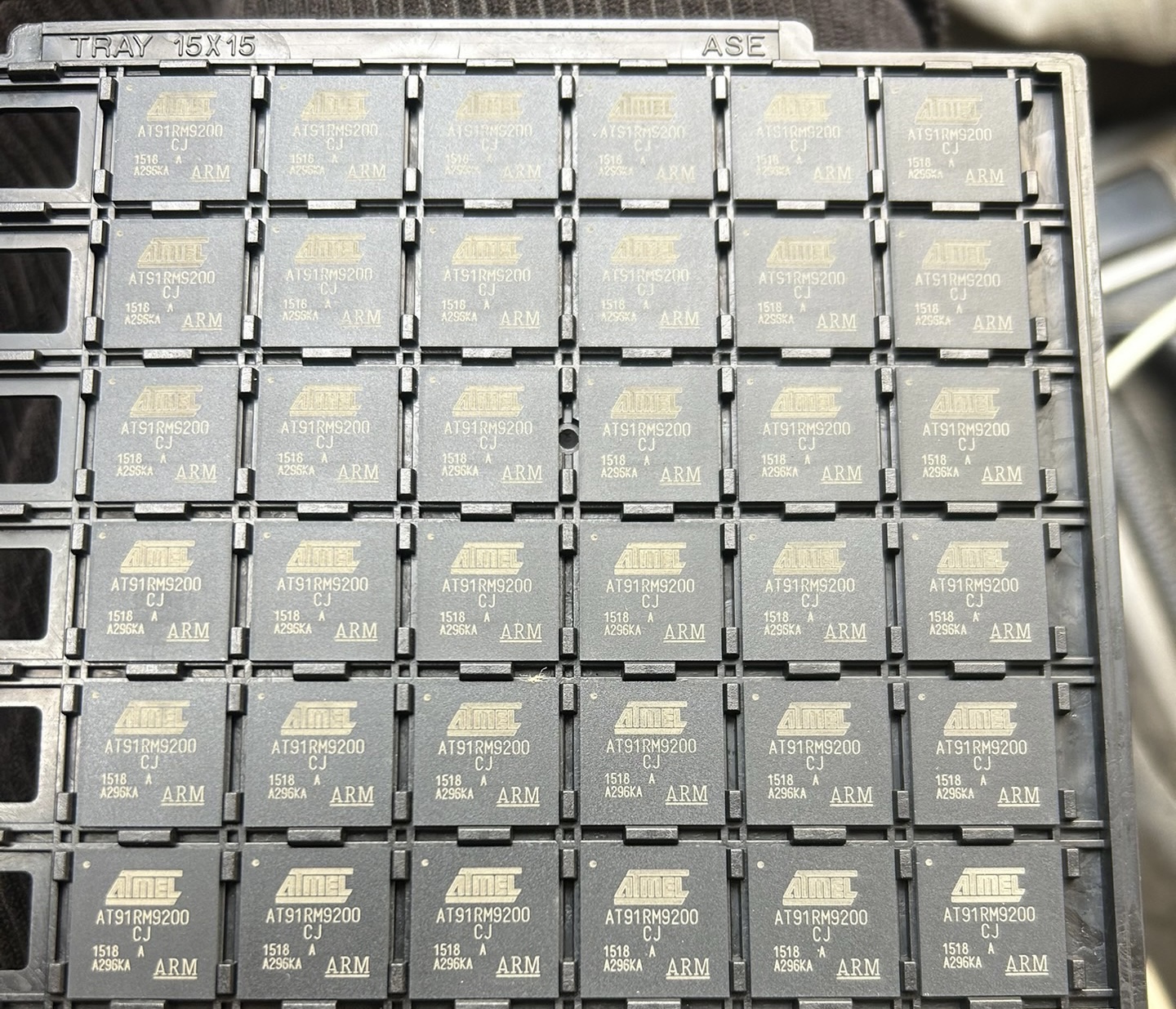
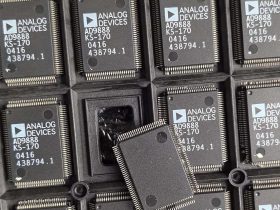
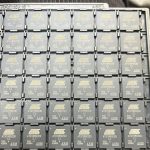

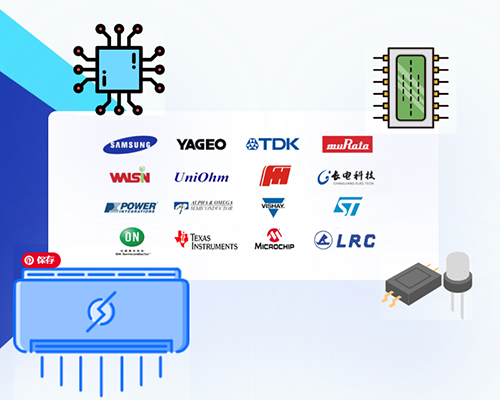

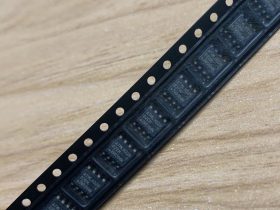

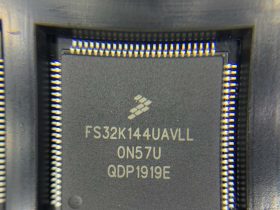
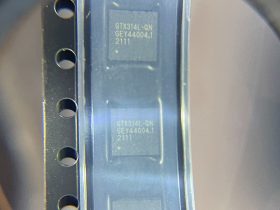
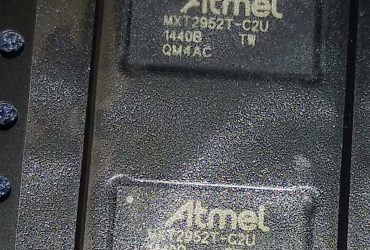
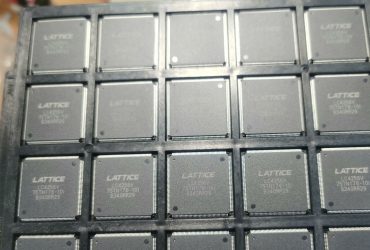

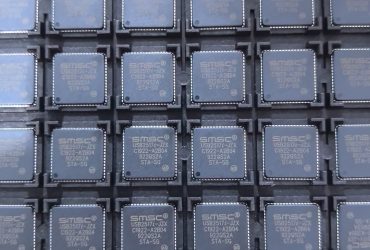
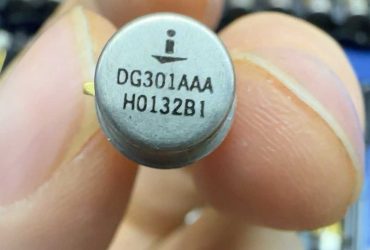
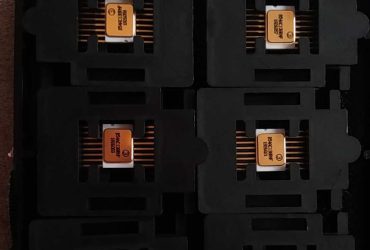
Leave a Reply